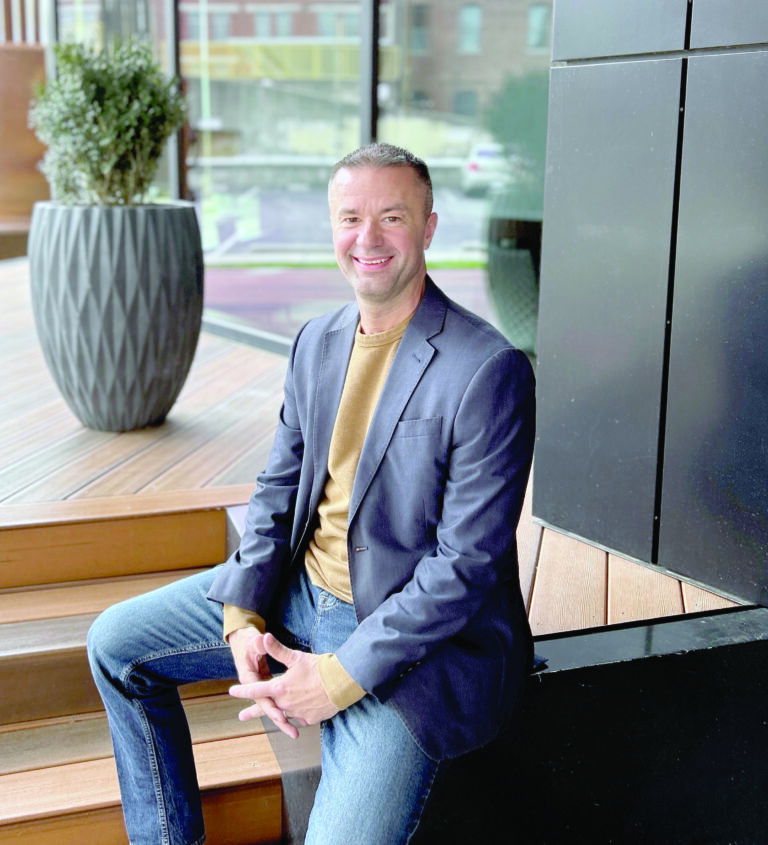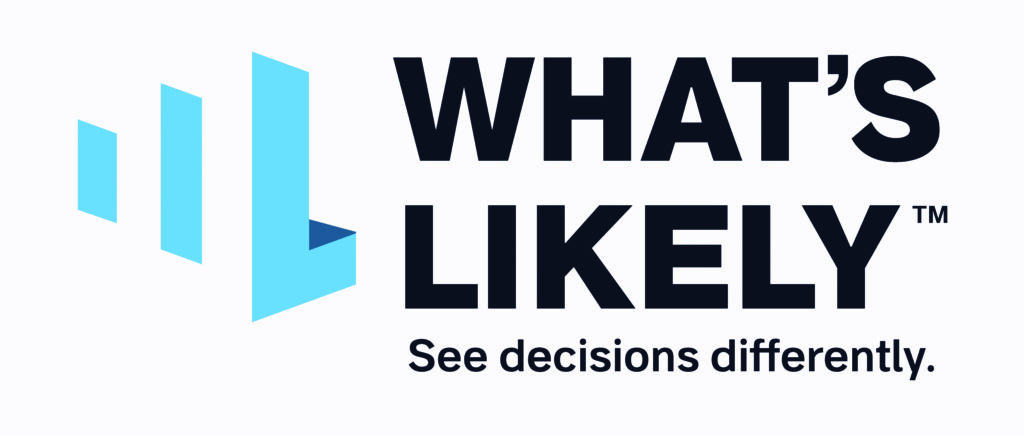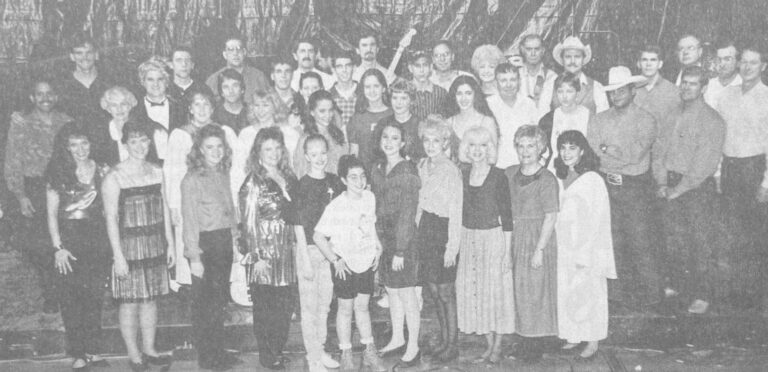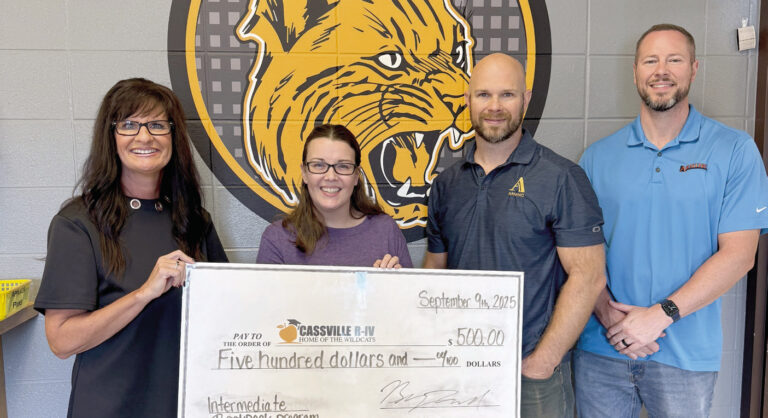Former Cassville Democrat publisher launches first-of-its-kind forecasting model


What’s Likely combines human expertise, behavioral science, AI to help people make high-percentage decisions
A former publisher of the Cassville Democrat has launched a first-of-its-kind decision support tool designed to help individuals and organizations make smarter, better-informed choices.
It’s called What’s Likely, and it uses a combination of human pattern recognition, behavioral modeling, and AI-assisted analysis to generate percentage-based forecasts for real-world decisions — from hiring and messaging to partnerships, product positioning, and personal crossroads.
The tool was created by Jacob Brower, who previously served as the Democrat’s publisher from 2013-2018 before moving into strategic consulting and behavioral analysis.
“I’ve always tried to ground my advice in patterns that actually work,” Brower said. “Eventually I realized I could take everything I’d learned — from journalism, consulting, and strategy work — and build a model that shows people what’s most likely to happen next.
“What surprised me was that it didn’t already exist.”
Brower worked with behavioral experts to stress-test the model, which delivers clear, scenario-specific forecasts based on structured decision data he’s gathered through years of consulting across industries.
A typical forecast might look like this:
• Option A: 42.3%
• Option B: 36.8%
• Option C: 20.9%
“You can ask AI. You can hire a consultant. You can guess,” Brower said. “But What’s Likely brings together real-world behavior, structured insight, and calibrated AI to generate actual forecast percentages — not just gut feelings.”
Unlike generic AI tools or traditional coaching, What’s Likely is built to deliver clarity. The model’s output is rooted in pattern recognition and designed to help clients avoid costly mistakes while capitalizing on high-probability opportunities.
Brower spent 18 years as an award-winning investigative journalist before founding Archer’s Bow Media & Marketing in 2018 and later expanding into decision consulting under the ABM Strategies brand. He describes What’s Likely as the “calibration layer” — the final step before taking action.
“This isn’t guesswork. It’s strategy that shows its work,” he said. “And the insights it delivers are already surprising people.
“Some clients had written off ideas they thought were longshots — when they actually had great odds. Others were charging forward on high-risk, low-reward paths without realizing it.”
What’s Likely is not replacing Archer’s Bow or ABM Strategies, Brower said.
“If Archer’s Bow is the message and ABM is the strategy, What’s Likely is the calibration — the third leg of the tripod,” he said. “It brings balance, clarity, and a way to pressure-test decisions before they hit the real world.”
The service is confidential, per What’s Likely’s published privacy policy, and pricing scales with complexity. Early interest has come from entrepreneurs, nonprofit leaders, and individuals weighing high-stakes personal or business decisions.
More information is available at WhatsLikely.io.
————————
Q&A
Why did you create What’s Likely?
In my consulting and marketing work, I’ve always tried to craft my messaging and advice in ways that have a factual pattern of success. I was interested in using a tool like What’s Likely to help, and was surprised to learn it didn’t exist. I figured if I didn’t build it, someone else would, and I wanted it done right.
How did this all come together?
The foundation comes from years of consulting and investigative work. The model itself has been quietly in focused development for quite a while, stress-tested and sharpened with help from behavioral experts. Once I saw it could deliver forecasts that were both accurate and useful, I knew it was worth sharing. It came together smoothly because the raw material was already there. I just had to shape it into something usable.
Is there a philosophy behind it?
Yes. Most people underestimate how patterned our behavior really is. Not in a judgmental way, just in a human way. We like to believe every decision is driven by conscious thought, but more often it’s shaped by habits, conditioning, context, and incentives we barely notice. It’s easy to think most decisions come down to willpower or vision. But more often, they come down to odds, and whether we’re willing to look at them honestly. What’s Likely is built to surface those odds so you can make clearer, better-informed moves.
Why do you think people need a tool like What’s Likely?
If we look back, we’ll see that the lives we live today are largely the result of just a handful of decisions we’ve made, for good or for ill. And as long as you still have a pulse, you still have time to improve a bad situation or mess up a good one. The question is whether you’re willing to look at the odds before you act. That’s where What’s Likely comes in. It doesn’t control the outcome. It just gives you a clearer view of where you stand.
What’s the role of forecasting when outcomes aren’t guaranteed?
We can’t control the future. What’s Likely doesn’t run from that, we embrace it. Life and business are like calling football plays. You run the highest-percentage play you can based on what you’re trying to accomplish and the defense you’re facing. It works or it doesn’t, then you line up and run the next play.
You don’t have to be right all the time. You just have to minimize costly mistakes and be right a few more times than the competition. And, with What’s Likely, you’re running a modern offense while they’re still operating out of the wishbone. The smarter your play-calling, the better your outcome.
If AI is a component of this model, why shouldn’t people just ask AI questions themselves?
You can, but don’t put too much confidence in the answer. You can phrase the exact same question two different ways and get completely different answers. Most people don’t ask enough questions, or even know the right ones to ask. Even small details that seem irrelevant can swing your probabilities.
It’s like golf. You can buy the same clubs as a pro, but that doesn’t mean you’ll play like one. The tools matter, but what really matters is who’s swinging them. What’s Likely doesn’t just run on AI. It’s shaped by someone who knows what questions to ask, what patterns to look for, and what tends to happen next.
What is your take on the state of AI today?
It’s impressive, no doubt. I wouldn’t be using it otherwise. But one of its most impressive attributes is also its biggest flaw. The problem isn’t that AI isn’t human enough, it’s that it’s too human. By that, I mean it’s great at picking up on cues, even subtle ones, and when it has to choose between telling you the truth or telling you what you want to hear, it usually picks the latter.
That’s great for the companies training it. They want you to feel good enough to keep coming back. But that’s not what What’s Likely is about. If you’re looking to have your ears tickled, this isn’t for you. If you want a reality-based forecast that cuts through the noise and shows you what’s actually most probable, this is where you’ll get it.
What are its limitations?
It’s not built to answer philosophical questions, ethical debates, or hypotheticals with no grounding in real behavior. It also doesn’t do well when the input is vague. If someone isn’t honest and forthright about their situation, that hurts the model’s accuracy. It works best when there’s a clear decision point, real stakes, and someone who genuinely wants realistic probabilities.
Has the model ever been wrong?
Things that have a 65% likelihood happen more often than things that have a 35% likelihood. But things with a 35% likelihood still happen — 35% of the time, to be exact. That’s not a flaw, that’s how forecasting and probabilities work. There’s only an 8% chance of this being May, yet here we are.
How do you protect someone’s privacy when they use What’s Likely?
We don’t sell or share personal data. Period. Forecasts are based only on the information you give. and unless you explicitly ask us to save something for a future follow-up, we don’t keep it. We may track anonymized trends to improve the model, but nothing identifiable is ever retained. What you tell us gets deleted shortly after the forecast is delivered.
Who is this actually for?
It’s for people facing decisions where gut feeling isn’t enough — business owners, marketers, even individuals making personal decisions. Anyone who wants a more honest view of what they’re up against, without the fluff or self-deception. It’s not just for people who want answers. It’s for people who want useful ones.
Do you think What’s Likely will be successful?
That’s for the market to decide. If you want something to be true badly enough, you’ll find someone willing to tell you you’re right. But in a world full of mixed messages and misinformation, I think people are starved for clarity. I’m taking a calculated risk that this fills a void.
You created the model, so I know you’ve run the numbers. How likely is it that What’s Likely will be successful?
Depending on your specific definition of success — and trust me, definitions vary wildly — anywhere from 28.3% to 74.9%.
My own definition leans broader. If I can do something I enjoy, something that genuinely helps people, and it helps me provide for my family — that’s success. Everything beyond that is just gravy.
Is What’s Likely replacing Archer’s Bow Media & Marketing and ABM Strategies?
Absolutely not. It’s complements them. I didn’t originally plan to make this model public. My plan was to build this to strengthen my own and consulting and marketing work — and it is.







